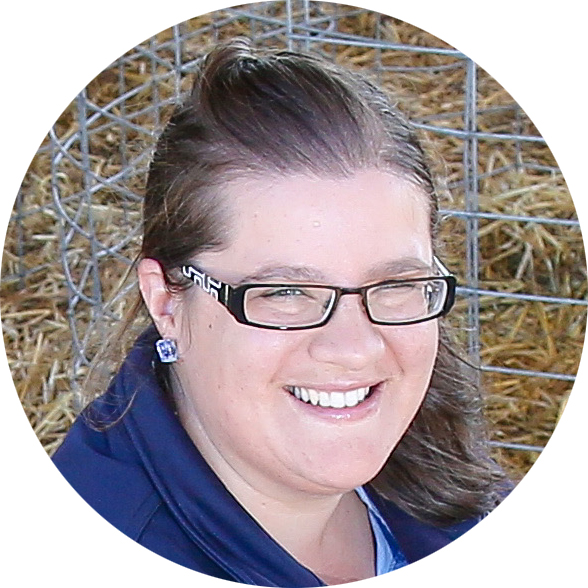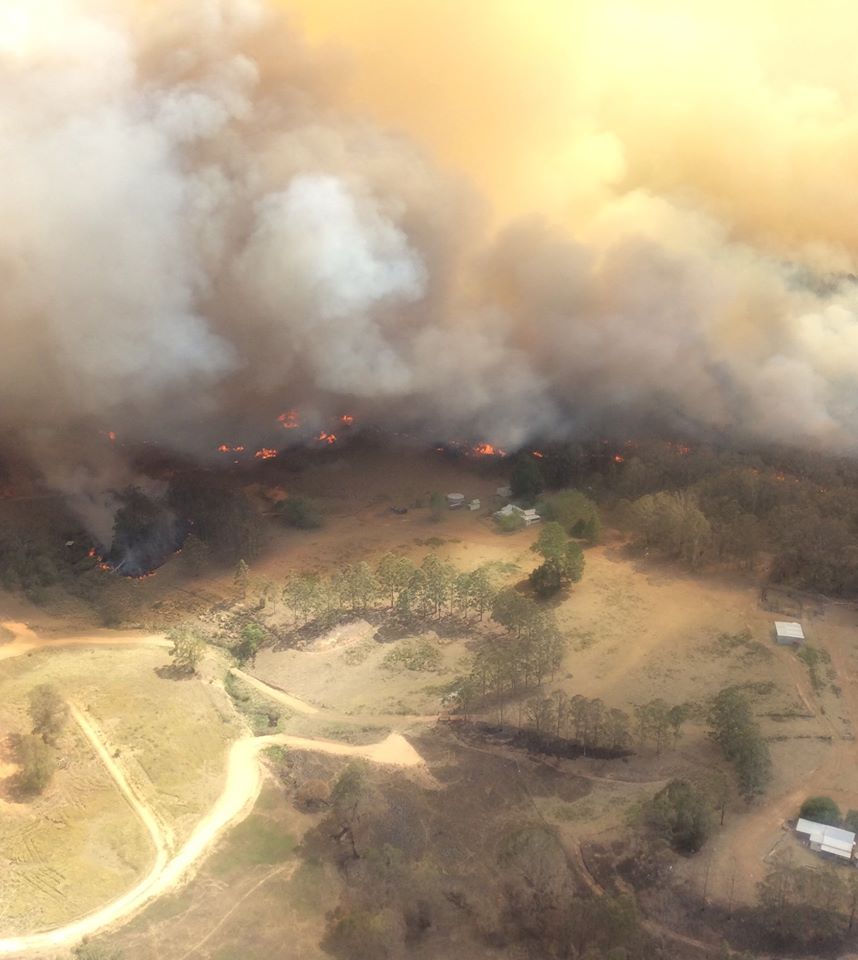Protecting your animals from bushfire
 SMALL FARMS NETWORK - SUMMER 2020-21 - ANIMAL HEALTH
SMALL FARMS NETWORK - SUMMER 2020-21 - ANIMAL HEALTH
By Linda Searle
District Veterinarian
P: 03 5881 9919 | M: 0427 629 740 | E: linda.searle@lls.nsw.gov.au
 The start of summer in Australia. Beach holiday weather. BBQ with your mates weather. Bush fire risk weather.
The start of summer in Australia. Beach holiday weather. BBQ with your mates weather. Bush fire risk weather.
A bush fire survival plan is something you can put in place to help protect your home and your family. But what about the four-legged, furry family members? Or your beloved pet cow? Do you have a plan for them? There are a lot of things you can do to reduce the risk, prepare and plan for fire.
Livestock
Reduce the risk: Reducing a potential fuel load can help lower the fire risk. Keeping your property well maintained and the grass low is a great place to start. More information can be found here, or get in contact with your local Rural Fire Service.
Have a safe area: Identify and prepare a safe area on your property where livestock can be located away from danger. It should have access to food and water and preferably have multiple access points. This could be a heavily grazed/ploughed paddock, or large, clear stockyards. All water troughs and any additional containers should be filled with water. Don’t rely on automatic water systems. More examples of safe areas can be found here.
Consider a relocation plan: If mustering and moving your stock is an option, determine the trigger point at which you will put your plan into action. Acting early will give you time to deal with unforeseen issues. Stressed livestock may be harder to handle or load. Consider how you will load and transport them, where you will take them, and how you will care for them. Commercial carriers may not be available at short notice and you should never risk your safety by driving, walking or riding through active fire-zones.
Have an emergency kit: This should include a list of emergency phone numbers such as your vet, Local Land Services and an agricultural supply store. Also include any medications and applicators needed, animals first aid supplies, wire cutters and a sharp knife.
Additional resources are available to help you prepare:
- Prepare your horse for bush fire,
- Prepare your property for grass fires,
- Introduction-to-Farm-FireWise.pdf (nsw.gov.au),
- Guide-to-Farm-FireWise.pdf (nsw.gov.au)
Pets
Make an animal emergency plan: This lets you know what you need to take, how you will transport your animals and where you will go with them. It’s also a great idea to practise your emergency plan. Get your pets used to being in a carrier or on a harness and going for short trips.
Build an Animal Ready Community: This is a way for a group of people to come together to promote emergency planning and preparedness. This could be a group of neighbours, a breed society, a sporting club or any other group you can think of.
Additional resources are available:
What I will do with my animals during an Emergency Fire-Safety-for-your-Pets-Factsheet
For the kids: Kids pet passport - getting your pets ready for fire or flood
Make your summer holidays extra relaxing by knowing you have a plan in place to protect your family, pets and livestock from harm this fire season.